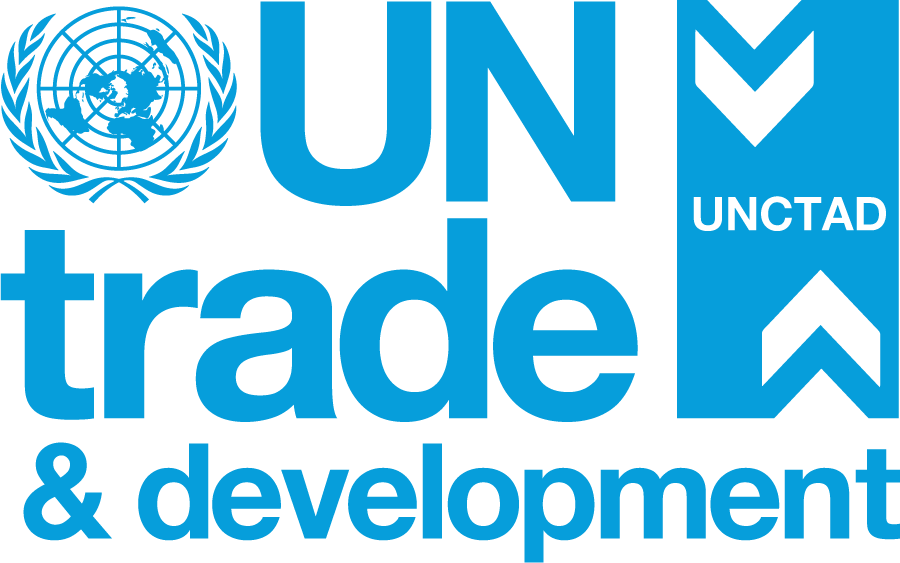
Non-tariffmeasures(NTMs) play a crucial role in shaping international trade. While tariffs remain important instruments of trade policy, NTMs increasingly play a prominent role in determining market access and trade costs.
According to UNCTAD, NTMs tend to have a significantly greater impact on trade costs than tariffs. Thus, NTMs may - even unintentionally - act as barriers to trade. Moreover, they often serve legitimate public policy objectives, such as protecting health, safety and the environment.
Unlike tariffs, which are relatively straightforward to quantify—typically expressed as a percentage of the product’s value or in monetary terms—NTMs are inherently more complex. They encompass a wide range of regulatory measures, including product requirements, health and safety regulations, and import quotas, whose
trade effects are not easily measurable. Their administration is often fragmented across multiple government agencies, further complicating transparency and analysis. Tariffs are more transparent, as countries generally publish and
communicate their tariff schedules to the public and World Trade Organization. As NTMs continue to grow in importance, understanding their nature, incidence, scope, implementation, and impact on trade is essential for policymakers, researchers, and stakeholders engaged in global trade.
This guideline presents possible analytical approaches used to support policymakers in understanding and designing regulations that minimize costs to trading businesses while maintaining important public policy objectives. This document focuses on methodologies that can be used to assess the impact of NTMs on trade and development.
This quantification analysis can only be done using suitable data, highlighting the importance of transparency on NTMs.
For this purpose, it is essential to use and maintain a database that applies a standardized approach for data collection
across economies and through time, such as the TRAINS database. Transparency can be achieved through notifications or active data collection such as the World Trade Organization (WTO) trade policy review.
UNCTAD and its partners complement these approaches and maintain a structured NTMs database suitable to be used for quantitative analysis as well as direct qualitative and quantitative information.
The UNCTAD TRAINS dataset has the following characteristics:
- The UNCTAD TRAINS database represents the most comprehensive global repository for NTMs information, compiling official regulations from about 150 economies, representing more than 95 per cent of global trade. The data covers all requirements that can potentially affect international trade for a specific product in a specific economy and for a specific trading partner at a specified point in time.
- Methodology for data collection. The collection approach is standardized and described in the Guidelines for Collecting NTMs; the latest version was published in NTMs are recorded in a neutral way with the purpose of fostering transparency of the policy tools that may affect international trade. There is no a priori judgement that they constitute barriers, even if they may have an impact on trade.
- Source data. NTMs data in the Global TRAINS NTMs database stems from legal national requirements that can directly or indirectly affect international trade in goods. Only official regulatory information is used for populating the database.
- Granular level information. NTMs data is published as easily accessible data in TRAINS online with systematic information about the regulations and The measures are classified using 4-digit NTM codes according to the International Classification of Non-Tariff Measures. Each measure found in the regulations is linked to the specific product list –at the HS6 digit level– to which the legal requirement is applied, as well as the trade partner that it applies to.
The database’s comprehensive coverage, detailed content and granularity enhances transparency and enables statistical analysis and economic research.
The NTMs data user guide UNCTAD (2024) describes the data collection approach and how to access and use the NTMs data that are publicly available in the TRAINS database.
This report follows this user guide and focuses on the process of analysing NTMs data. It provides further description on the structure of the database, highlights common misinterpretations, and discusses how descriptive data can inform policy considerations. In summary, this document presents the statistical uses of the data, focusing on the methodology for impact quantification of NTMs on trade and development.


